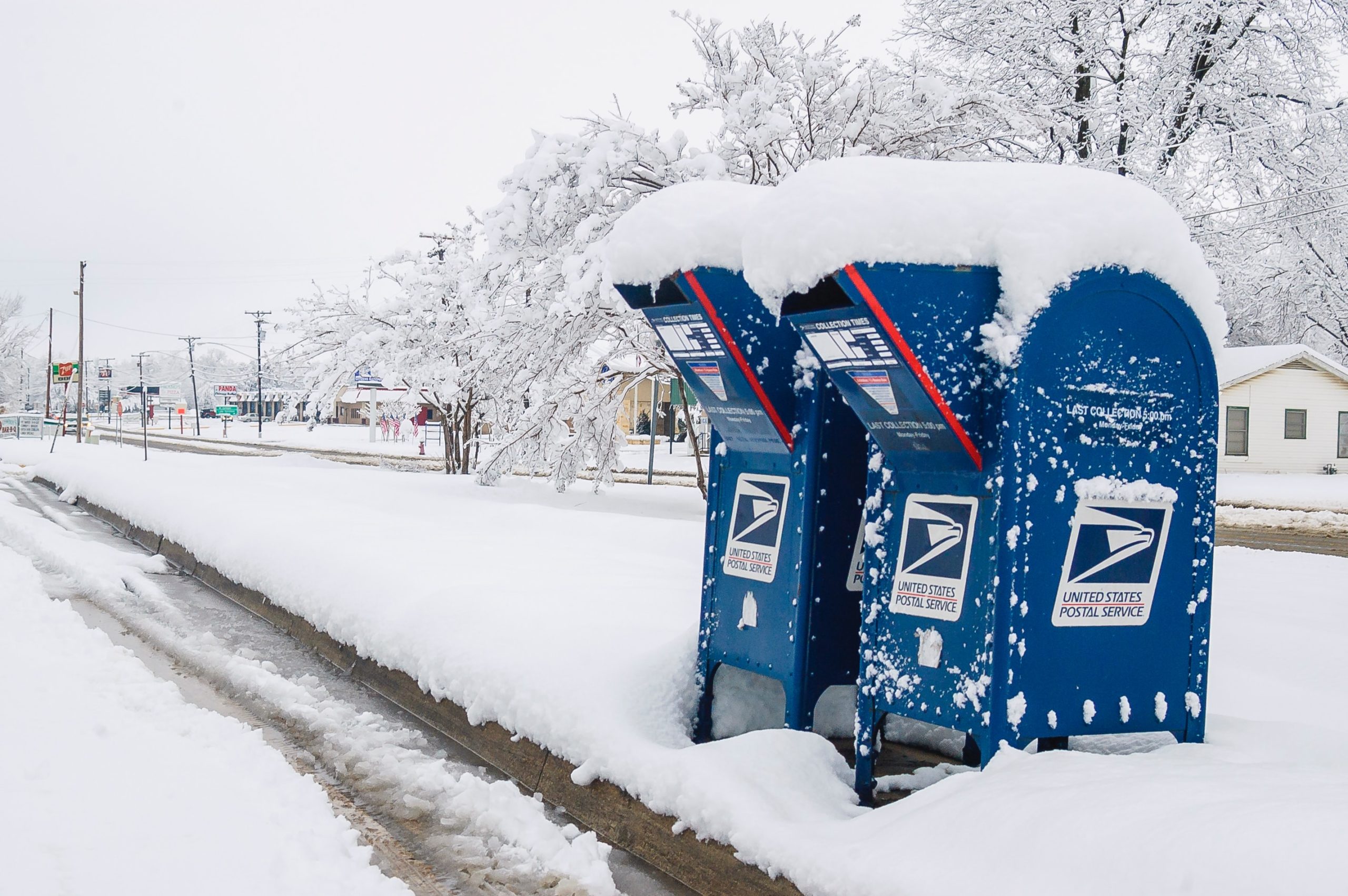There have been issues at USPS that have created some well-publicized delays over the last few months. COVID-related absences and quarantines that are affecting all organizations, including the postal system, is one cause. The shift to ecommerce, brought about by COVID, has created another set of issues for mail, especially in facilities that handle parcels in addition to marketing mail and other forms of mail.
Some USPS facilities got terribly backlogged and had difficulty digging out. Ecommerce remains strong so parcel volume remains high.
So what’s the answer? Creative postal logistics.
Most bulk mailings are entered at a Bulk Mail Entry unit, commonly the one closest to the mailer. Postal logistics typically involves analyzing the mail and determining the best facility to enter mail at from a cost standpoint. USPS provides discounted rates when you enter mail in proximity to the recipients. So, the analysis is normally evaluating trucking cost vs. postage savings.
The USPS network is a plethora of hubs and spokes. From a hierarchal standpoint, it’s Network Distribution Centers (NDC), then Sectional Center Facilities (SCF), then Destination Delivery Units (DDU).
- NDC – There are 21 NDC’s in the US. Think of these as facilities that handle mail on a statewide basis. Some more rural states are serviced by a single facility. For instance, Denver services several states out west. In some states, there are a couple NDC’s, i.e. Florida and California. If we truck mail from Michigan destined for people in the LA area to the Los Angeles NDC, a discounted postage rate is received.
- The next tier down are SCF’s. These serve metro areas for the most part. In Southeast Michigan, there is an SCF in Detroit and a metroplex in Pontiac that functions like an SCF.
- DDU’s are the local post offices in hometowns across America.
Because of the issues at USPS, we now look at postal logistics as a mechanism to better predict in home rate. For instance, if we have a bunch of mail destined to the Philadelphia NDC but learn that plant is bogged down, we might start evaluating the potential to drop mail at SCF’s that are downstream from Philadelphia. Some of the postage savings may be diminished as more trucking is involved, but there still can be a postage savings win.
USPS does periodically publish information on known trouble spots and they have a customer service team that has been very helpful in providing up to date info. We can use this information to help navigate where our customers’ mail goes. This methodology has been used to help customers get about 85-90% of their mail in home within 1-2 days of target, in spite of the postal situation.



